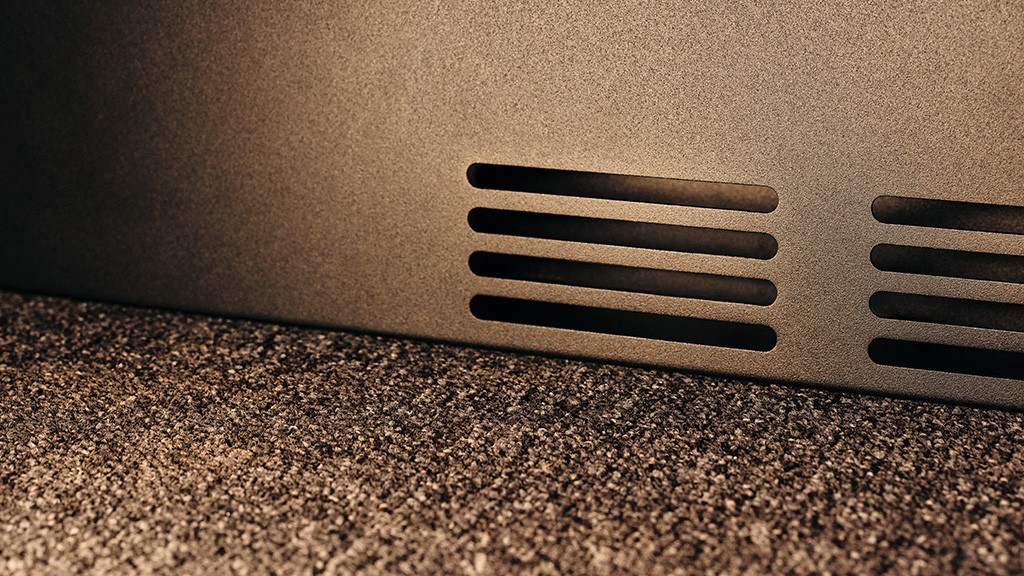What Are the VOC’s and How It Effects Our Lives
Understanding VOCs
Volatile Organic Compounds (VOCs) are a group of chemicals that easily become vapors or gases. They are emitted by a wide range of products, including paints, varnishes, cleaning supplies, and building materials. VOCs can have both short- and long-term adverse health effects.
Health Impacts of VOCs
Exposure to VOCs can cause a variety of health issues, from minor irritations like headaches and dizziness to more serious conditions such as respiratory problems and liver damage. Long-term exposure can increase the risk of cancer. It is crucial to limit VOC emissions in indoor environments to protect occupant health.
Reducing VOCs in Indoor Spaces
To reduce VOC levels, it is important to choose low-emission products, ensure proper ventilation, and use air purifiers. Many manufacturers now offer VOC-free or low-VOC products that are safer for indoor use. Regular monitoring and maintenance can also help maintain healthy air quality.


Importance of Non-Toxic Material Use and Benefits
Benefits of Non-Toxic Materials
Using non-toxic materials in indoor environments reduces the risk of health issues caused by exposure to harmful chemicals. These materials contribute to better IAQ, ensuring a safer and healthier living and working environment. They also support sustainability by minimizing environmental pollution.
Applications in Building and Furnishing
Non-toxic materials are used in a variety of applications, from building construction to interior furnishings. They include low-VOC paints, formaldehyde-free wood products, and natural fibers. These materials are selected for their safety, durability, and environmental benefits.
Promoting Health and Well-being
Non-toxic materials play a crucial role in promoting the health and well-being of building occupants. By reducing exposure to harmful chemicals, these materials help prevent health problems and create a more comfortable and productive indoor environment.


How Can We Create a Safer Place?
Organic and Inorganic Compound-Free Air
Maintaining an indoor environment free of both organic and inorganic compounds is critical for health. This involves using materials and products that do not emit harmful chemicals and ensuring adequate ventilation to remove any potential pollutants.
Antibacterial Surfaces and Easy Cleaning
Antibacterial surfaces prevent the growth of bacteria and other microorganisms, reducing the risk of infection and promoting a healthier environment. Easy-to-clean surfaces are important for maintaining hygiene, especially in high-traffic areas. Materials that are smooth and non-porous are ideal for this purpose.









